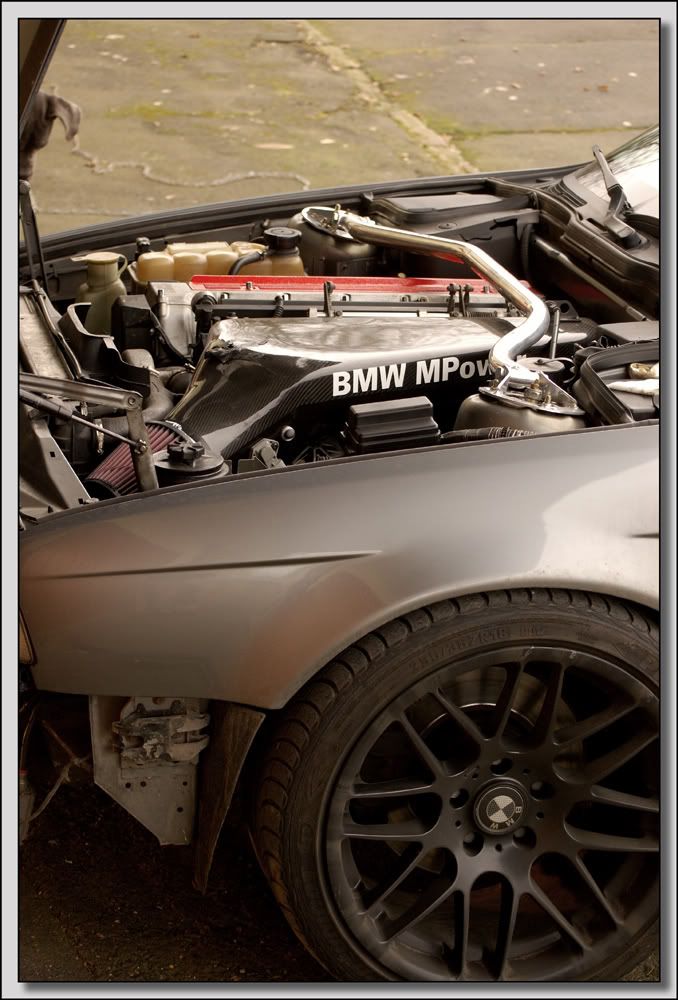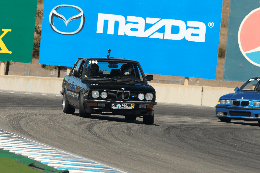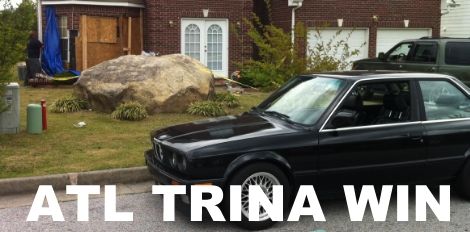Yes correction, but either way it would need tuning... For a given rpm range based on area/length of each runner and flow.
I love this topic because it introduces the technology that is still developing now. Variable length runners, variable vane turbos, there is no exact way but you get close and deal with the variance especially true for n/a motors which is why they force-fed motors in the first place.
I love this topic because it introduces the technology that is still developing now. Variable length runners, variable vane turbos, there is no exact way but you get close and deal with the variance especially true for n/a motors which is why they force-fed motors in the first place.










Comment